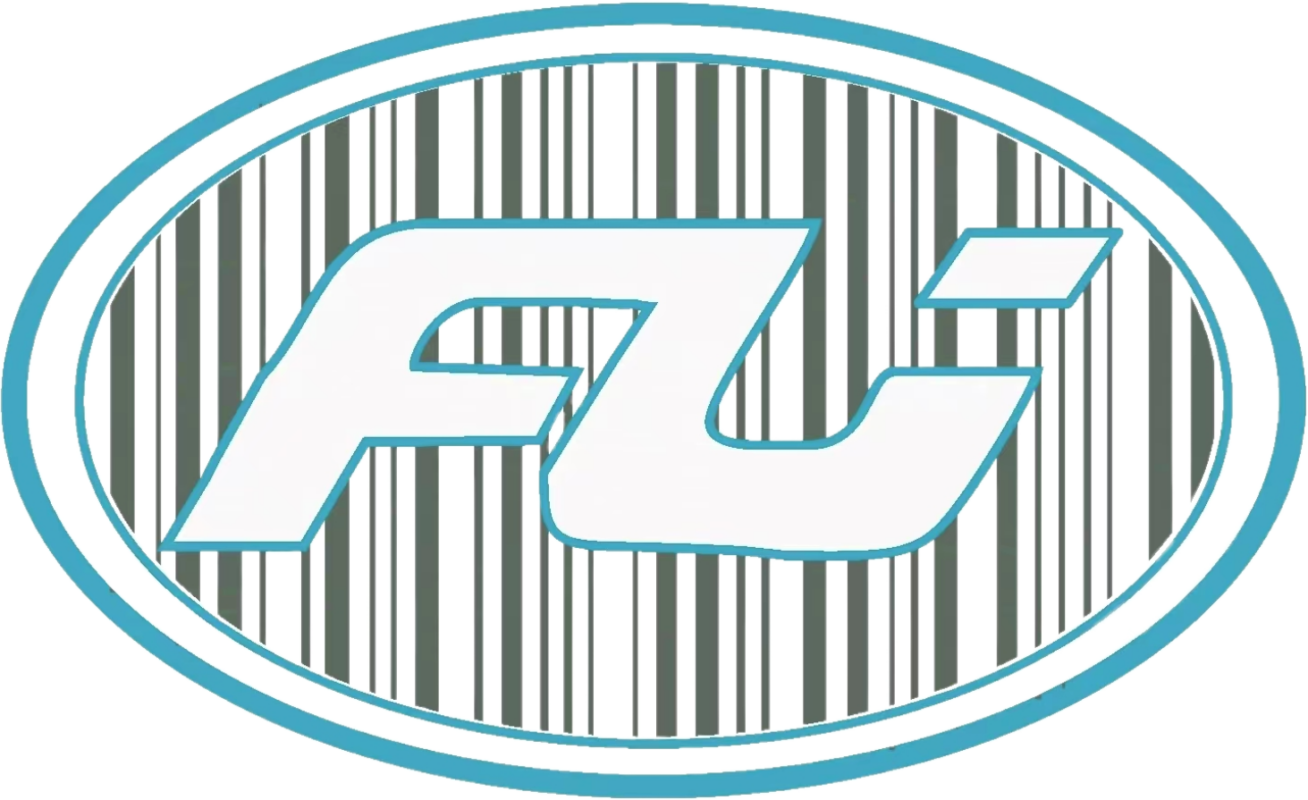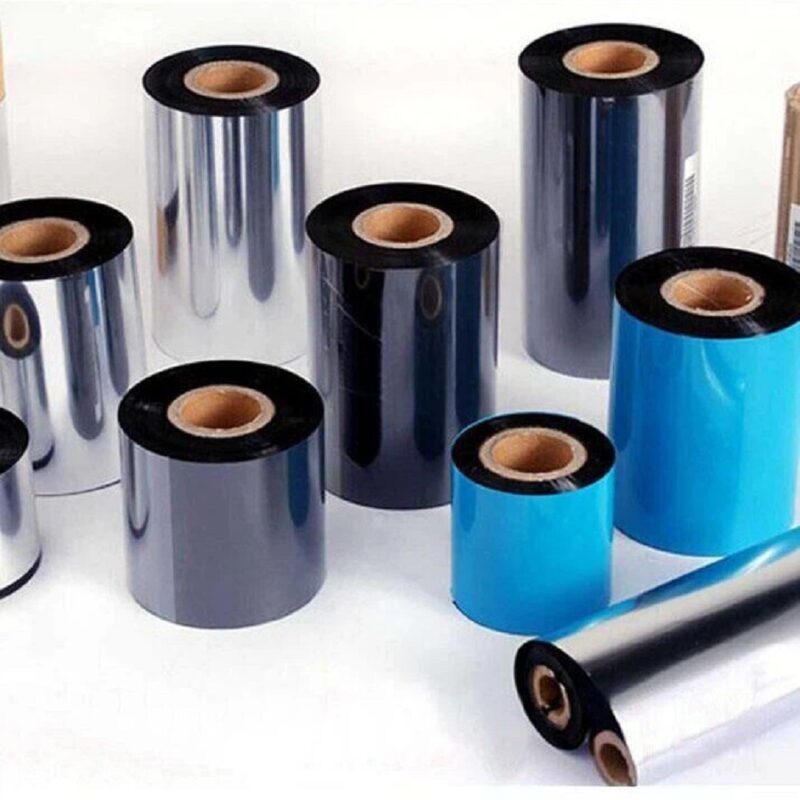Blog
What Are Clear Labels and Why Use UV Transfer for Them?
Today’s product market competition requires businesses to prioritize clear presentation and premium design. Industries such as cosmetics, beverages, electronics, and luxury packaging now view clear labels as fundamental components for achieving a “no-label look” which improves product attractiveness and retains essential brand information and compliance details.
Different clear labels have varying levels of quality and functionality. Traditional sticker-based transparent labels frequently experience visible edges and cloudiness and tend to peel from curved or glossy surfaces. UV transfer clear labels provide the solution to these common issues. These labels deliver a premium appearance and exceptional durability by transferring only the printed design onto the product surface without any visible backing.
This guide targets distributors, wholesalers, and B2B buyers who want to learn how clear UV transfer labels enhance product aesthetics while minimizing application issues and boosting brand value.
What Are Clear Labels?
Definition and Function
Labels created from transparent materials serve as clear labels that enable the underlying surface to stay visible. Logos, text and QR codes printed onto a transparent substrate create the appearance that the design elements form part of the container itself.
Brands utilize these transparent labels to achieve minimalist and sophisticated packaging designs without hiding the original container materials like glass bottles or transparent jars.
Key Attributes
- Transparent or semi-transparent backing
- Strong adhesion to glass, plastic, or metal
- Available in glossy or matte finishes
- Custom die-cutting to match container shape
UV Transfer Technology stands out as the superior choice for producing clear labels.
Traditional Clear Label Limitations
- On glossy surfaces, visible edges create an undesirable halo effect.
- Peeling: Common on curved or wet surfaces
- Manual application creates unavoidable air bubbles in labeling processes.
- Cloudiness: Low-grade materials reduce transparency
UV Transfer Solution Advantages
- The printed design is transferred while leaving no trace of the film behind.
- Pressure-activated adhesives provide excellent bonding capability to a variety of surfaces.
- UV inks demonstrate high durability because they withstand fading, abrasion, and water exposure.
- The removal of film after transfer prevents application problems.
How UV Transfer Clear Labels Are Produced
Step-by-Step Breakdown
- Artwork Preparation: The design process begins with vector graphics containing specific transparent areas alongside color strata and finishing techniques.
- Layer Building: A carrier film supports the layering of UV-curable inks.
- Curing Process: UV lamps enable immediate ink hardening which allows precise control during the production process.
- Adhesive Coating: The adhesive coating is applied to the backside of the label design for transfer purposes.
- Die-Cutting: Manufacturers cut labels into their intended shapes before rolling them up or arranging them into sheets.
Materials Used
- PET or PP carrier film
- UV-curable inks and varnishes
- Solvent-free adhesives
Applications of Clear UV Transfer Labels
Cosmetics & Skincare
- Transparent serum bottles
- Lip gloss and mascara tubes
- Cream jars with gold-foil logos
Food & Beverage
- Bottled water with subtle branding
- Wine or spirit bottles with foil accents
- Glass jars for honey, jam, or sauces
Electronics & Appliances
- Brand badges on headphone cases
- Control panels with subtle brand marks
- Transparent overlays on remote devices
Home Care & Fragrance
- Air freshener and diffuser bottles
- Cleaning product sprayers
- Candle jars and room sprays

Design Considerations for Clear UV Transfer Labels
Visibility & Readability
- Use white ink underlay for transparent containers
- Avoid fine lines below 0.5pt for readability
- Contrast fonts against background surface color
Finishes & Effects
- Spot UV for texture and contrast
- Gold/silver foil for luxury perception
- Use matte clear text to overlay gloss surfaces for a modern appearance
Shape and Placement
- Use custom contours for cornerless application
- Avoid placing near curved necks unless tested
- Design for both aesthetic and scannability (QR/barcodes)
Best Practices for Application
Surface Prep
- Ensure surfaces are free from oil residues and both dust particles and static electricity.
- Apply in controlled temperature (18–25°C)
Application Method
- Use roller applicator or semi-auto press
- Release the film by applying even firm pressure.
Storage and Handling
- Place packaging film flat or vertically while protecting the film side during storage
- Use within 12 months of production
Advantages for B2B Distributors and Resellers
Higher-Value Product Offering
- Our premium packaging solutions deliver superior options beyond basic sticker capabilities for our clients.
Broader Market Reach
- The product has application across cosmetic, beverage, electronics, and health care industries.
Customization Flexibility
- This service supports small order quantities for specialized products together with extensive branding applications.
- Multiple finish options include matte, gloss, embossed and foil surfaces.
Strong Performance Record
- The product experienced fewer returns because labels did not peel or fade.
- Durable through transit, refrigeration, and retail exposure
Common Challenges and How to Overcome Them
| Challenge | Solution |
|---|---|
| Label cloudiness | Use high-clarity PET and UV-curable materials |
| Peeling on glass | Ensure proper surface cleaning and use UV-specific adhesive |
| Design too faint | Add white ink base layer under transparent text |
| Wrinkles during application | Use proper alignment tools and apply consistent pressure |
Conclusion
UV transfer labels are transforming modern packaging by delivering innovative solutions. These labels combine durability with a sophisticated appearance to help businesses ranging from boutique cosmetics to industrial electronics achieve standout shelf presence while preserving their brand integrity.
B2B label buyers view these labels as strategic investments that enhance product integrity along with brand value and customer satisfaction beyond mere aesthetic improvements. UV transfer technology represents the next generation of premium clear labeling because it offers flawless application together with strong adhesion capabilities and unlimited design options.
Frequently Asked Questions (FAQ)
Are UV transfer clear labels waterproof?
Yes. Once cured and applied, they are water-resistant, UV-proof, and durable even in refrigeration.
Can I apply clear UV transfer labels by hand?
Yes, especially on small-batch or cylindrical items. For large production runs, roller application is ideal.
Are these labels suitable for curved surfaces?
Yes, but performance is best when tested with a prototype on the actual container shape.
Can I add QR codes or variable data?
Yes. QR codes, batch numbers, and security marks can be integrated and remain scannable.
What’s the MOQ for custom clear UV transfer labels?
Minimum order typically starts at 5,000 pieces depending on shape, size, and finish requirements.
Ready to Elevate Your Packaging with Clear UV Transfer Labels?
Contact us today for samples, bulk pricing, or a custom quote.
📧 Email: sales@foyottr.com
📞 Tel: +86-592-6018318
🌐 Visit: https://foyottr.com

